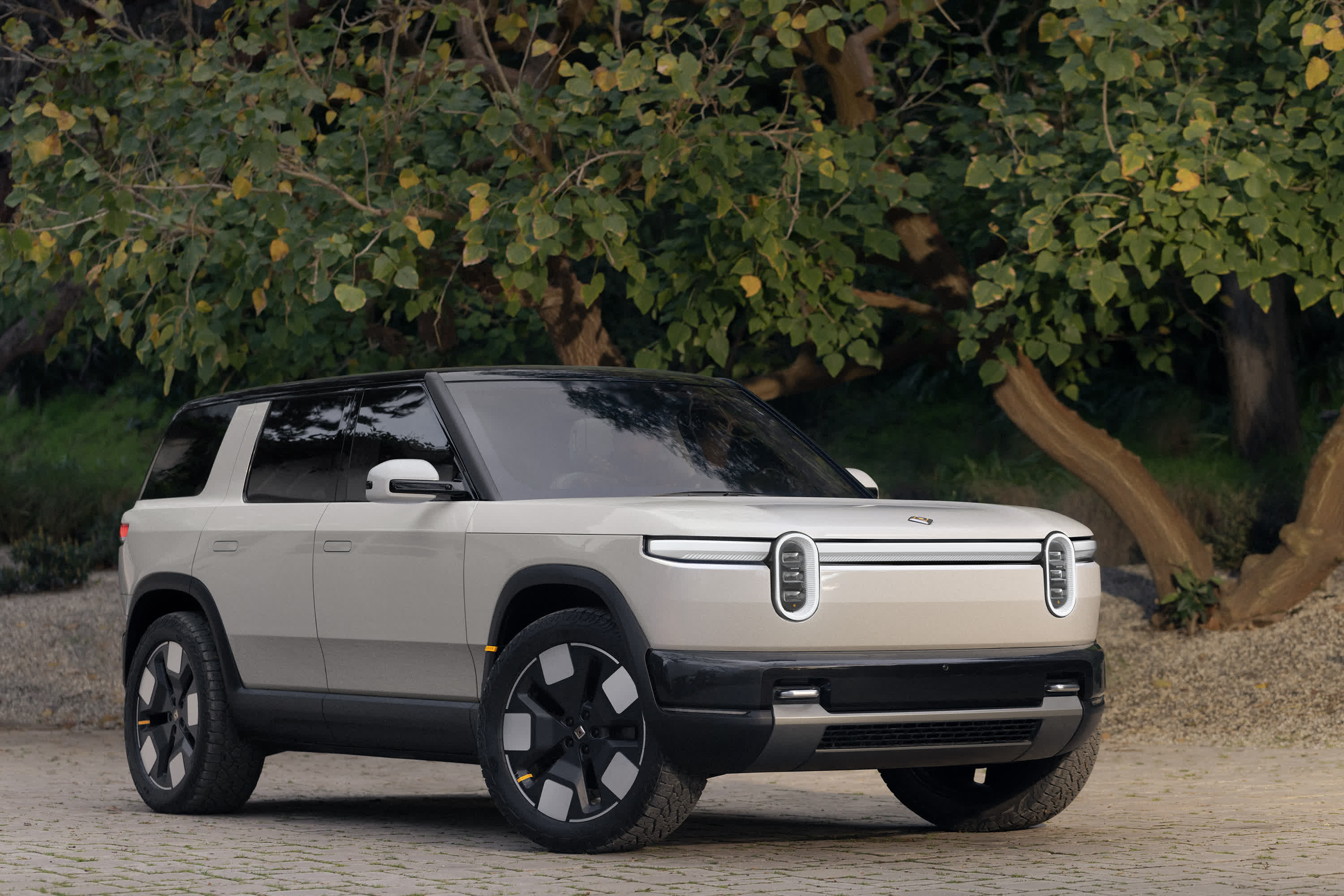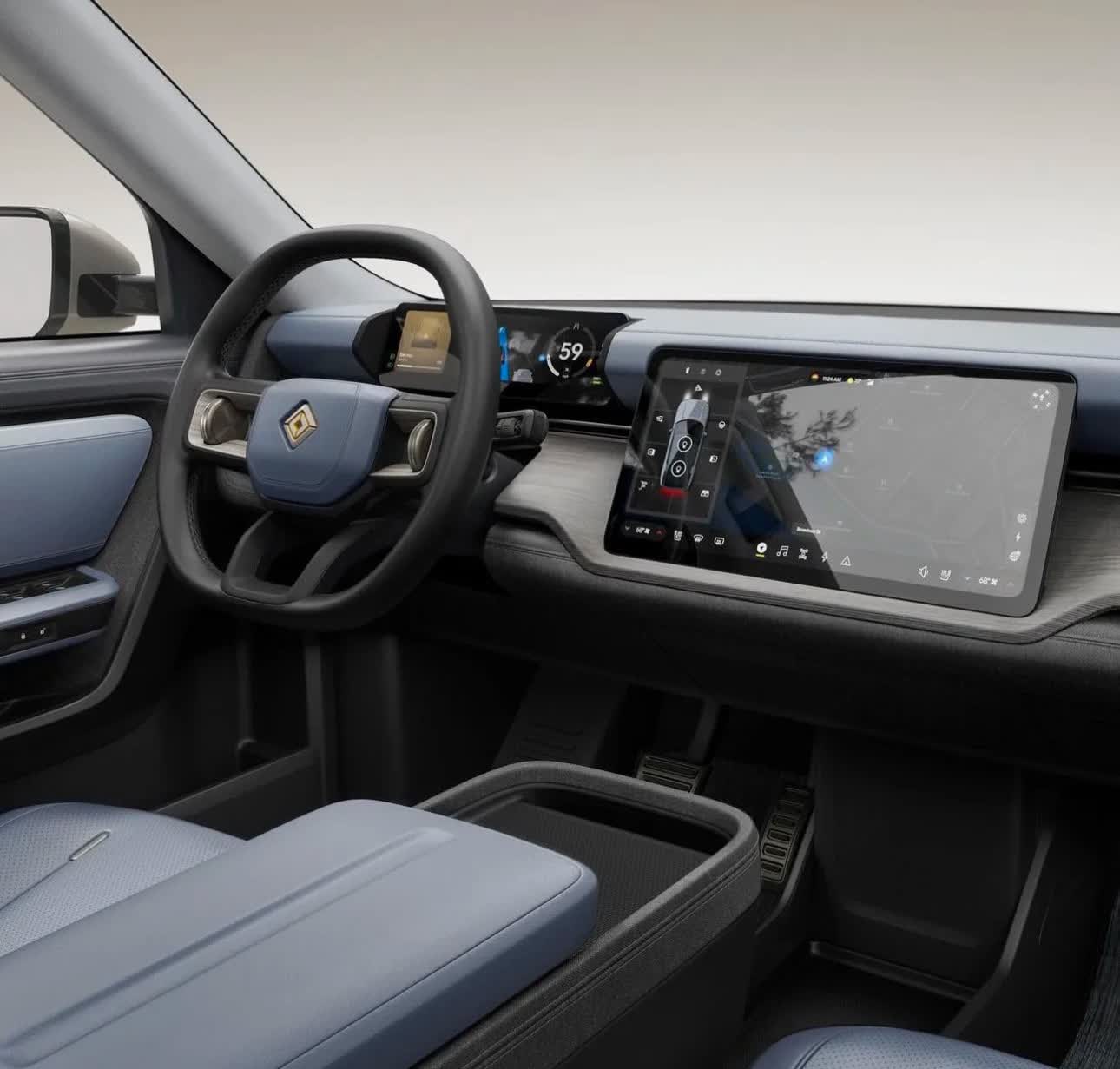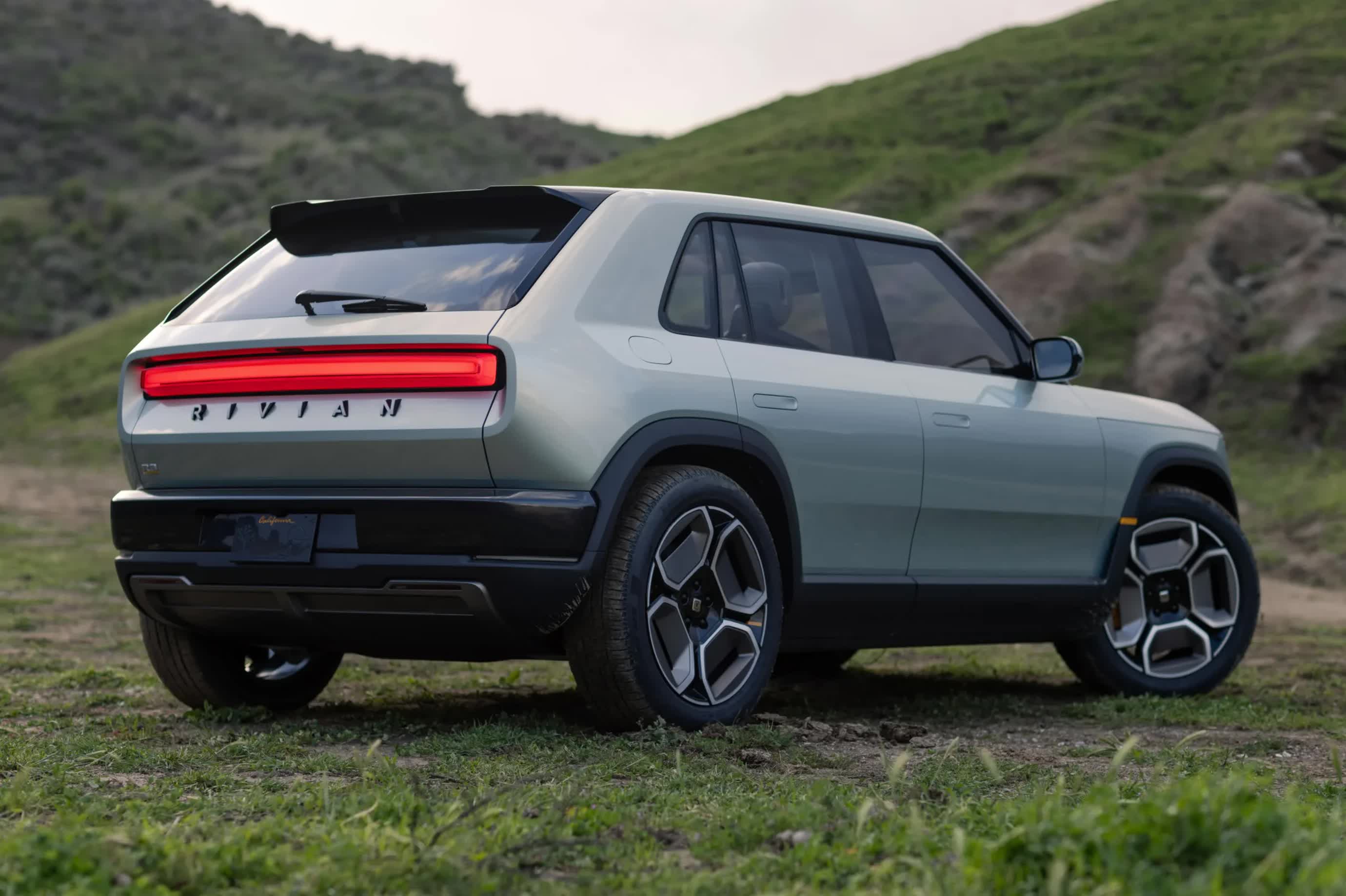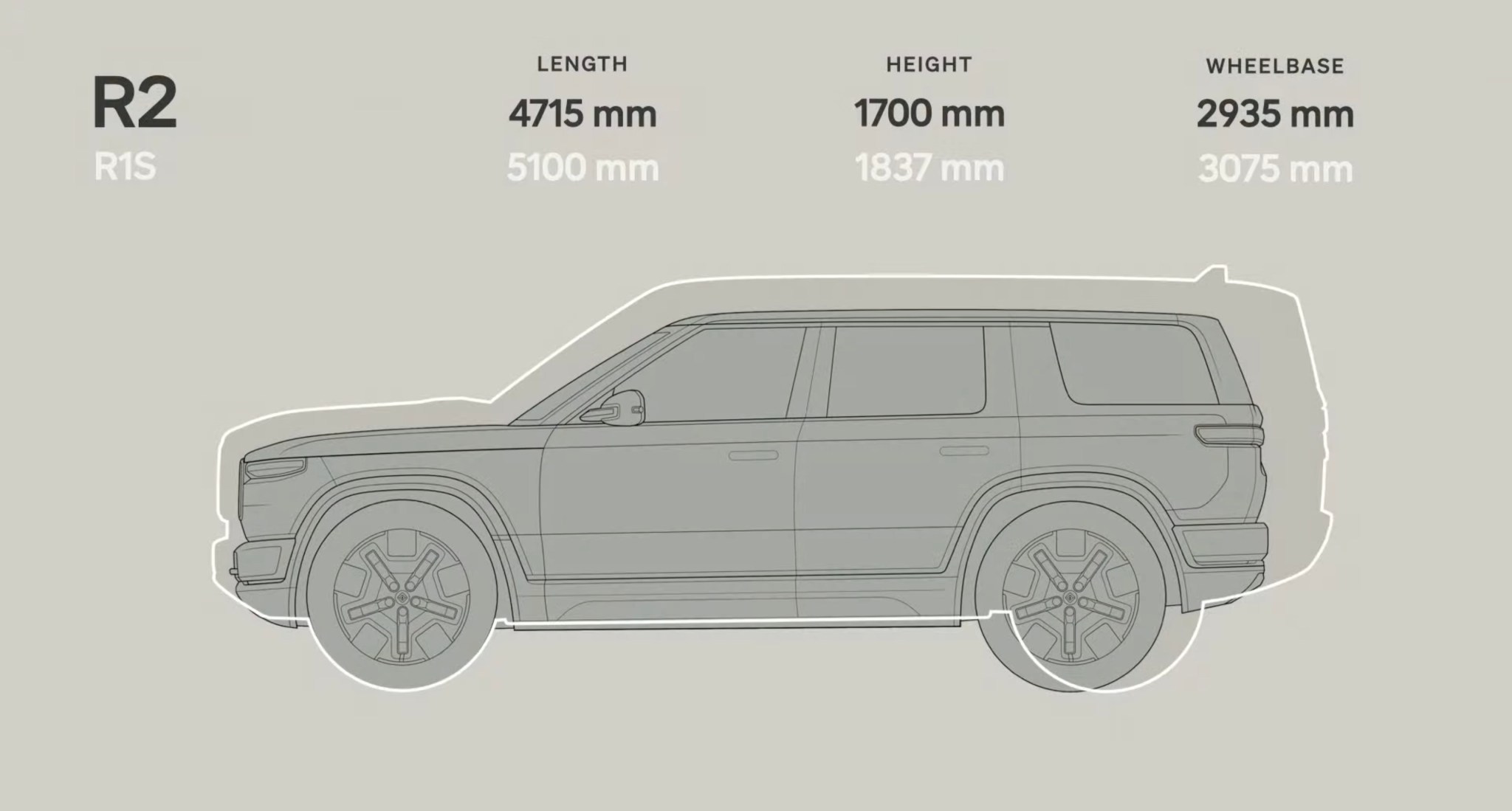Forward-looking: Electric car maker Rivian is flexing its muscles with major lineup expansion news. At a splashy event in Laguna Beach this week, the company unveiled not one, not two, but three all-new SUV models set to hit the road in the coming years: the R2, R3, and R3X.
Let's start with the R2, slated to arrive first in the first half of 2026. Although it may be Rivian's new addition, measuring approximately a foot shorter than their existing R1S SUV, it's still a proper full-size vehicle. The R2 will offer a choice between a single, dual, or tri-motor setup, with the top tri-motor variant boasting a 0-60 mph sprint time of under 3 seconds.
In terms of range, Rivian is targeting over 300 miles on a single charge for the R2. While not groundbreaking in the EV world, it is entirely respectable. The company is also promoting an advanced driver-assist system, enabled by 11 cameras and five radars, which CEO R. J. Scaringe describes as offering a "very high level of self-driving."
But perhaps the most enticing detail is the projected starting price tag of $45,000. This aggressive entry point could allow the R2 to compete against the likes Tesla Model Y or the Ford Mustang Mach-E.
Overwhelmed by the wonderful response to our new vehicles: R2, R3 and R3X.
– RJ Scaringe (@RJScaringe) March 8, 2024
In less than 24 hours, we've taken more than 68,000 R2 reservations. We are thrilled to see this vehicle resonate so strongly with our community! pic.twitter.com/tEIBhwlJQC
However, the R2 wasn't the only new product Rivian was ready to unveil. The company surprised fans by teasing two smaller (and arguably more interesting) crossover models: the R3 and R3X.
These two models share quite a bit with their larger R2 sibling, including the sleek, signature Rivian styling and short rear overhangs. The key difference seems to be a shorter wheelbase and a smaller overall footprint, designed to make them even more city-friendly.
Under the hood, it's reasonable to assume the R3 lineup will leverage much of the R2's technology, with similar single, dual, and tri-motor powertrain options. We're also likely looking at 300+ mile range ratings and ultra-fast charging capabilities.
Of the two more affordable options, the R3X aims to distinguish itself with a more rugged, off-road focused package. It features burlier tires, a higher ground clearance, and what appears to be additional cladding for tackling trails.
Pricing for the R3 twins has not been announced, but it's expected that the standard model will start somewhere in the $35,000 - $40,000 range to undercut the R2, while the R3X could range from $45,000 to $55,000, given the added premium features. Rivian also indicates that these two models will follow the R2, although specific timelines are unclear.
It's a bold expansion move from Rivian as they look to broaden their lineup and appeal amidst a softening EV market. What remains to be seen is whether the company will be able to back it up with consistent, high-volume production after their early struggles.
https://www.techspot.com/news/102202-rivian-goes-compact-affordable-45k-r2-suv-surprises.html



